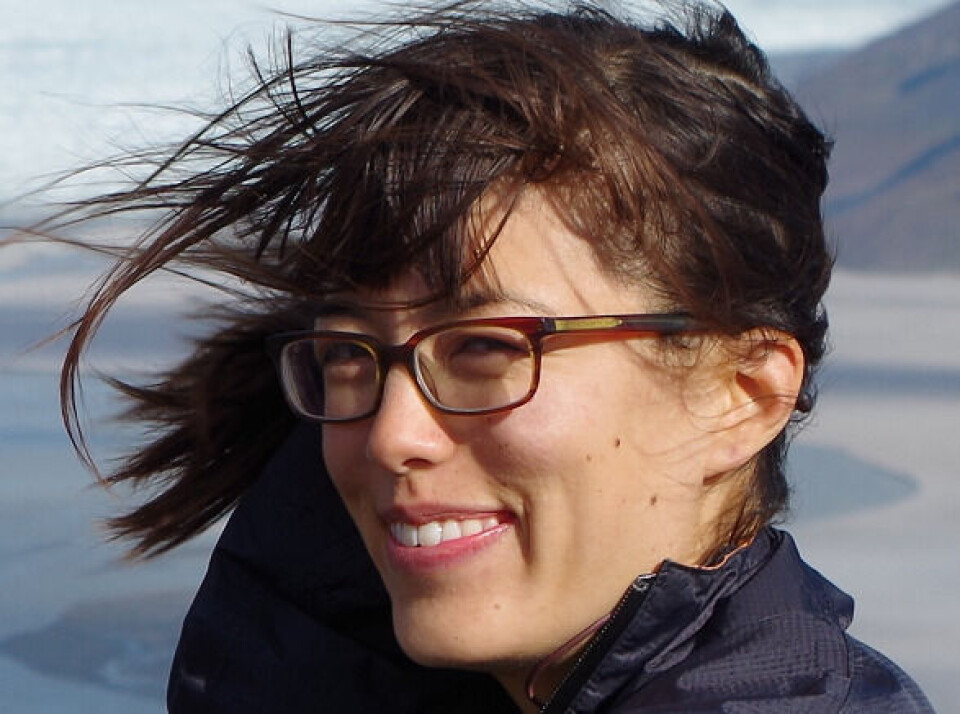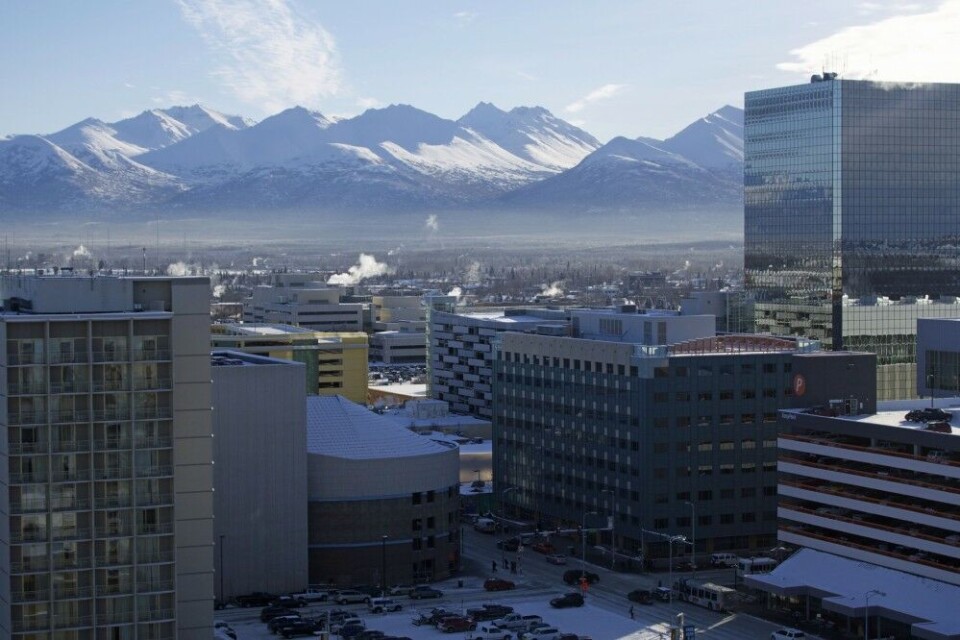
Arctic Council ministerial – View from the United States
In the run up to the ministerial, Eye on the Arctic checked in with a series of experts from around the North for their views on what we should all be watching for in Fairbanks, and from the Arctic Council, in the months ahead. Today, we bring you our conversation with Mia Bennett, Eye on the Arctic blogger and founder of the Cryopolitics Arctic news and analysis blog.
The United States hands the Arctic Council’s two-year rotating chairmanship to Finland on May 11th in Fairbanks, Alaska.
Foreign ministers from all eight Arctic states: Canada, Finland, Denmark/Greenland, Iceland, Norway, Sweden, Russia and the United States are scheduled to attend the ministerial meeting where the accomplishments of the last two years will be announced and the forum’s leadership is officially passed on.
-
But what should we be watching for as circumpolar politicians, diplomats and indigenous leaders gather in Fairbanks?
-
How did the U.S. chairmanship size up in the end?
-
And how will Finnish priorities shape the forum over the next two years.
Eye on the Arctic: What grade would you give the U.S. chairmanship and why?
Mia Bennett: Its goals as Chair were to improve economic and living conditions for Arctic communities; Arctic Ocean safety, security and stewardship; and then importantly addressing climate change. They’ve probably done the most in the second and third areas.
The real strength of the U.S. chairmanship was to emphasize a unified Arctic at a time where tensions were so high. The theme of ‘One Arctic’ has helped to foster continued strong levels of cooperation.
Were there any missed opportunities under the U.S. chairmanship?
I think there was probably a missed opportunity in communicating to the U.S. that the country is an Arctic nation. Most of the public has probably forgotten about Obama’s visit to Alaska (at the GLACIER conference in 2015) and Arctic issues have kind of fallen by the wayside.
If the public thinks about the Arctic they think about it as a place with melting sea ice or polar bears that are drowning.
But we have 700,000 U.S. citizens living in Alaska and the U.S. Arctic and they have very real concerns, ones that surpass climate change as well; like day-to-day issues of mental health and economic well-being. I think this could have been better communicated (under the U.S. chairmanship) and perhaps painted a more human picture of the Arctic to Americans.
Also, given the entrance of the new administration, I don’t think the U.S. chairmanship is going out on a high note given the political tumult going on back in D.C.
What will you be watching for on May 11th?

For starters, it’s a good sign the U.S. is sending Secretary of State Rex Tillerson. It demonstrates that despite changes in political administration, the U.S. is continuing to participate (in the Arctic Council) at high levels. We’ll also see the signing of the agreement on scientific cooperation where it’s important to note that the coachers of this agreement were the U.S. and Russia. So hopefully this ministerial will continue to underscore that the Arctic remains a very viable, and very crucial locus of cooperation, between the West and Russia at a time when relations are souring in so many other venues.
What will you be watching for as Finland takes over?
A strengthened emphasis on climate change. On the website outlining their chairmanship priorities, they say they want to emphasize the implementation of the Paris Agreement on climate change in the first sentence, which is making a strong point from the get-go.
A second thing to watch for is how Finland really wants to raise its own profile as an Arctic country with Arctic expertise. Unlike places like the U.S. and Canada, Finland is not an Arctic coastal state so I think it kind of gets forgotten about. But it does have expertise with icebreakers and other Arctic technologies, particularly on land. So Finland will emphasize that it’s an Arctic country, not to its own citizens, but to the world, building its external Arctic profile.
The above interview has been edited and condensed. The above interview has been edited and condensed. You can listen to the audio-file with the interview Mia Bennett from this page on Eye on the Arctic.
This story is posted on Independent Barents Observer as part of Eye on the Arctic, a collaborative partnership between public and private circumpolar media organizations.















